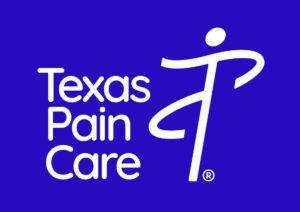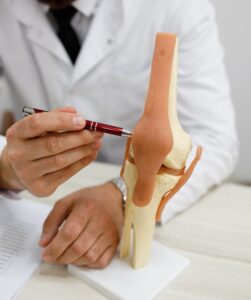
Our knees endure a lot of use and abuse on a daily basis. If you are experiencing chronic pain in one or both knees, a Genicular Nerve Block for Knee Pain Treatment could help you get back on your feet.
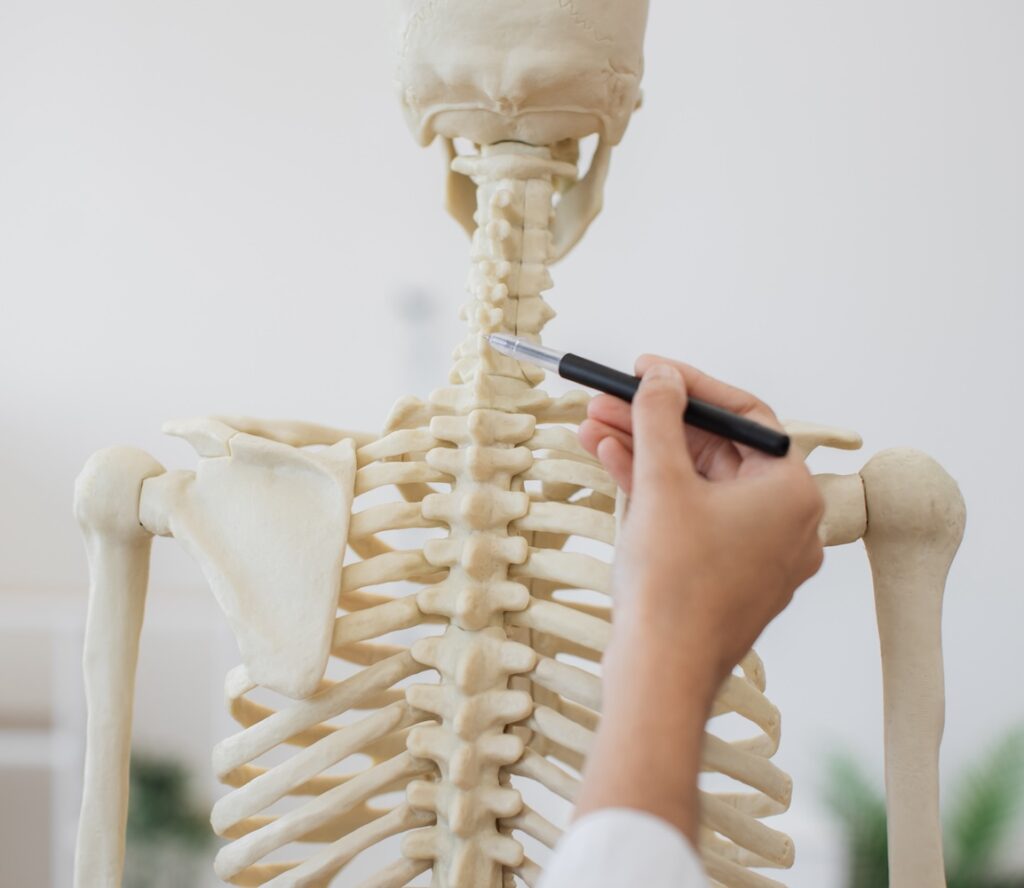
There are plenty of reasons why a person will experience temporary back pain at some point in their life. Lifting something too heavy, twisting too quickly, exercising too feverishly, and more. However, when the pain won’t go away after a few days of rest and relaxation, there’s reason to believe that there’s a larger issue at hand. Not only does back pain cause daily issues in the short term, it can also lead to more long-term issues and quality of life impingements. If you are suffering from back pain that won’t go away, you might have vertebral compression fractures, which require medical attention to treat. In the Sugar Land, Missouri City, and Houston areas, the Texas Pain Care team offers personalized solutions to help restore comfort and mobility.
Compression fractures are small breaks or cracks in the 33 vertebrae that make up the spinal column. Fractures in the bone cause the spine to weaken, which generally leads to pain and can affect posture.
The most common compression fractures occur in the thoracic (upper) spine, but can also occur in the lumbar (lower) spine. Most fractures are due to osteoporosis, but trauma to the vertebrae or spine, as well as tumors on the spine can also lead to fractures. Compression fractures are common and most often affect older women who have osteoporosis, as well as older men.
Symptoms of vertebral compression factors can vary from person to person. Some people who have fractures might only experience intermittent and mild pain, whereas others could experience debilitating and chronic pain that significantly reduces their quality of life.
While most pain symptoms from compression fractures resolve within a month, if the pain continues or worsens, it’s important to seek medical care.
The most common cause of compression fractures is osteoporosis because our bones naturally weaken as we age. Weakened vertebrae, which are thinner and narrower in older age, are more susceptible to breaks.
Those who have mild to moderate osteoporosis can get a compression fracture from an injury or traumatic event. However, those who have severe osteoporosis can suffer a compression fracture from the most daily of activities, such as sneezing or coughing.
For people who are younger and have healthy bones, the most common causes of compression fractures are usually a car accident, high-injury and active lifestyle, or other injury to the back. Also, cancerous tumors can spread to the back and weaken the spine.
Symptoms from compression fractures vary from person to person, which is what makes treatment compression fractures difficult. Symptoms can range from mild to severe, which could include not feeling any significant symptoms at all and overall unaware that a fracture has occurred, or as drastic as being unable to sit or stand without experiencing excruciating pain.
The most common symptoms include:
The best way to avoid severe symptoms of vertebral compression fractures is to partner with a pain management specialist who can expertly diagnose and treat the fracture(s) before the damage and symptoms become worse.
You can also send us a message

Treatment begins with a thorough diagnosis, which will include a medical history review, performing a physical exam (including determining if there’s any sensitivity or the presence of a hunched back) and taking X-rays. If the provider believes that osteoporosis is the cause of the compression fractures, a bone scan might also be in order. This will help the provider to determine the severity of osteoporosis as well as help to put together a treatment plan to protect the skeletal frame as much as possible.
Treatments for compression fractures vary based on the symptoms. The goal is to relieve pain, stabilize and, if possible, strengthen the bones in the spine, as well as prevent another fracture from happening. Treatments can include:
Lifestyle changes: maintaining an active lifestyle and enjoying a calcium-rich diet will help to manage and sometimes prevent symptoms. Some patients also opt to wear a brace to help support the vertebrae.
Physical therapy: a trained physical therapist can help to tailor a program that helps to build strength and improve flexibility, which helps to provide more support to the spine.
Medications: over-the-counter NSAIDs, muscle relaxers or prescription drugs can help to manage pain symptoms, especially during flare-ups. There are also medications that help to slow further bone loss, stabilize the bones and prevent fractures.
Acupuncture: this alternative therapy method has proven useful for relieving pain symptoms from a variety of back pain causes.
Minimally-invasive surgical options: vertebroplasty (supporting the fractured bone with medical cement) and kyphoplasty (using a small balloon filled with cement, which allows for more of a healing process since the cement isn’t physically touching the bone) both help to relieve pain, stabilize the bones and improve mobility when other conservative methods haven’t helped to provide relief.
Compression fractures can’t always be prevented, especially if they were caused by a traumatic event. However, there are steps that can be taken to reduce your risk of a compression fracture from osteoporosis, including:
While most compression fractures heal after a few months of rest and conservative treatment methods, the determining factor depends on age, overall health and severity of fracture.
If you believe you might be suffering from the symptoms of a vertebral compression fracture and would like a diagnosis, the Texas Pain Care team in the Sugar Land, Missouri City and Houston areas is here to help. We can provide a thorough exam and take all diagnostic imaging to determine both the severity of the fracture and the best recommended treatment to help you get out of pain as well as avoid another fracture in the future.

Our knees endure a lot of use and abuse on a daily basis. If you are experiencing chronic pain in one or both knees, a Genicular Nerve Block for Knee Pain Treatment could help you get back on your feet.
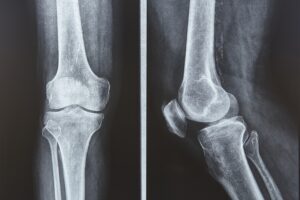
For patients living with chronic pain, uncomfortable with medications or avoiding surgery, PRP is an increasingly popular option. The regenerative therapy uses platelets and stem cells for healing and repair through minimally-invasive techniques.



For many people, chronic knee pain from injury or osteoarthritis has just become a way of life. Especially for those patients who haven’t been able to find pain relief from medications or physical therapy, and those who don’t want to explore surgical options, it might seem like there is no option – until now!

Get out of pain
Get back to living
Treatments
Conditions
